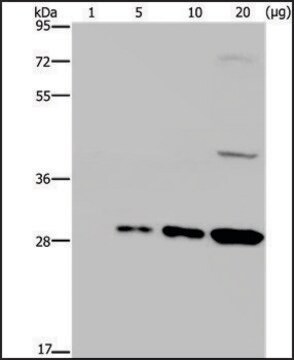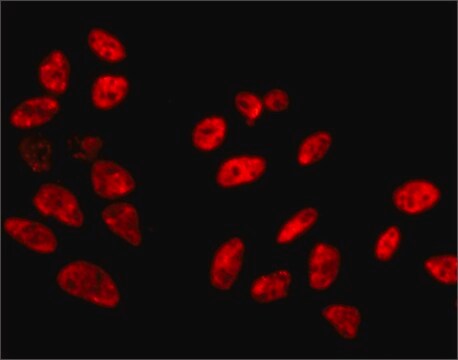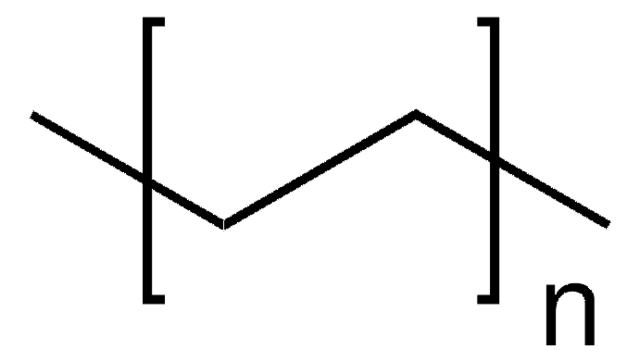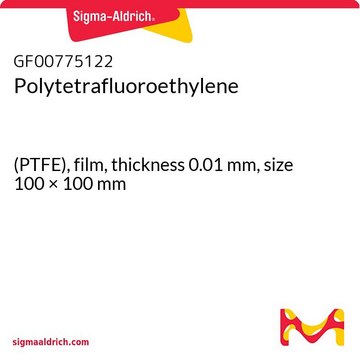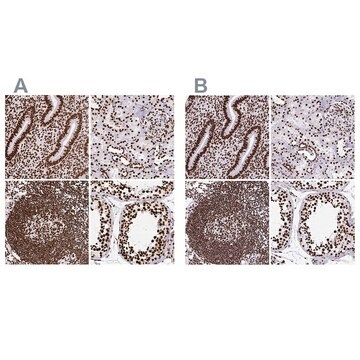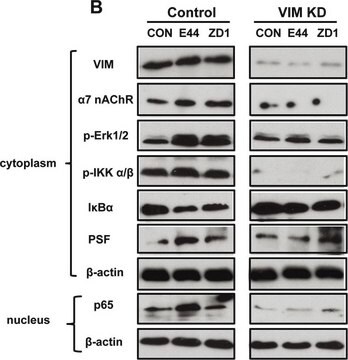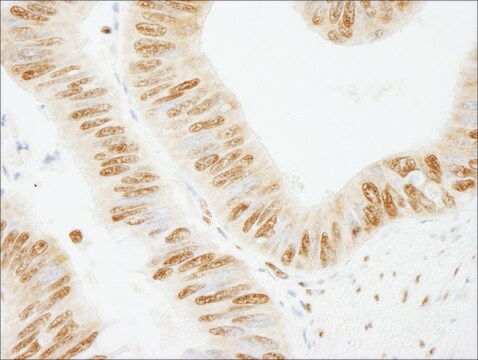WH0006421M2
Monoclonal Anti-SFPQ antibody produced in mouse
clone 6D7, purified immunoglobulin, buffered aqueous solution
Sinónimos:
Anti-POMP100, Anti-PSF, Anti-splicing factor proline/glutamine-rich (polypyrimidine tract binding protein associated)
About This Item
Productos recomendados
origen biológico
mouse
Nivel de calidad
conjugado
unconjugated
forma del anticuerpo
purified immunoglobulin
tipo de anticuerpo
primary antibodies
clon
6D7, monoclonal
Formulario
buffered aqueous solution
reactividad de especies
human, rat, mouse
técnicas
immunohistochemistry (formalin-fixed, paraffin-embedded sections): suitable
indirect ELISA: suitable
indirect immunofluorescence: suitable
western blot: 1-5 μg/mL
isotipo
IgG2aκ
Nº de acceso GenBank
Nº de acceso UniProt
Condiciones de envío
dry ice
temp. de almacenamiento
−20°C
modificación del objetivo postraduccional
unmodified
Información sobre el gen
human ... SFPQ(6421)
Categorías relacionadas
Descripción general
Inmunógeno
Sequence
EEKISDSEGFKANLSLLRRPGEKTYTQRCRLFVGNLPADITEDEFKRLFAKYGEPGEVFINKGKGFGFIKLESRALAEIAKAELDDTPMRGRQ
Aplicación
Acciones bioquímicas o fisiológicas
Forma física
Información legal
Cláusula de descargo de responsabilidad
¿No encuentra el producto adecuado?
Pruebe nuestro Herramienta de selección de productos.
Código de clase de almacenamiento
10 - Combustible liquids
Punto de inflamabilidad (°F)
Not applicable
Punto de inflamabilidad (°C)
Not applicable
Equipo de protección personal
Eyeshields, Gloves, multi-purpose combination respirator cartridge (US)
Elija entre una de las versiones más recientes:
¿Ya tiene este producto?
Encuentre la documentación para los productos que ha comprado recientemente en la Biblioteca de documentos.
Nuestro equipo de científicos tiene experiencia en todas las áreas de investigación: Ciencias de la vida, Ciencia de los materiales, Síntesis química, Cromatografía, Analítica y muchas otras.
Póngase en contacto con el Servicio técnico